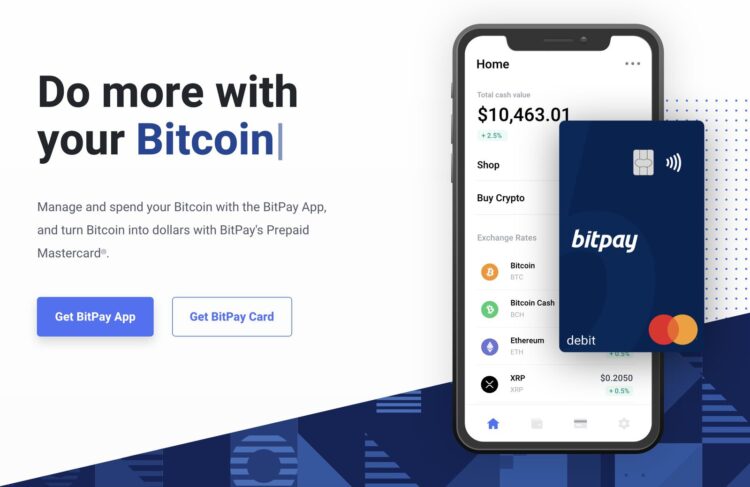

➤ Learn more about deciphering Bitcoin data. Behind every address is a public key.Īddresses are shorter than public keys, and usually begin with a ‘1’, ‘3’, or ‘bc1’, while public keys begin with ‘02’, ‘03’, or ‘04’. An address is derived directly from a public key through a hashing algorithm, and almost all wallets and transactions will display addresses rather than public keys. Public keys are often conflated with addresses. Treating keys as single use tokens greatly improves a user’s privacy. If you use the same public key every time you receive bitcoin, it would become trivial for anyone to track your entire payment history. This alleviates the problem of public key or address reuse. Most wallets will automatically create new public keys each time you want to receive bitcoin. This design is known as a Hierarchical Deterministic (HD) framework, which is an industry standard for Bitcoin key generation and management. You should never share this seed with unknown parties. This seed is used to derive every individual Bitcoin key that you’ll use to send and receive bitcoin.
BITPAY WALLET SERIES
Seeds are displayed in the form of a series of words, known as a mnemonic phrase. When you create your Bitcoin wallet, a seed is created. ➤ Learn more about private and public keys. Public keys are derived directly from a corresponding private key. Public keys are used for receiving bitcoin and can be shared with anyone. Private keys are used for sending bitcoin and must be kept secret. A key pair is comprised of a private key and a corresponding public key. Wallets Use Private and Public KeysĬryptographic key pairs are used to send and receive Bitcoin. Keeping private keys and seed phrases secure is essential to protecting against internal and external threats that can compromise the users bitcoin. If a user loses their wallet, they can use a mnemonic phrase, known as a seed, to restore the wallet. All bitcoin is recorded on the blockchain in the form of transaction outputs. These keys are used to sign transactions, allowing a user to prove they own transaction outputs on the blockchain, i.e. Conceptually, a wallet is like a keychain in the sense that it holds many pairs of private and public keys. If you are looking for an introduction to Bitcoin Wallets, click here.īitcoin wallets contain a user’s keys, not their actual bitcoin. This article explains the details of how a Bitcoin wallet operates. ➤ Explore more in Bitcoin Markets and Price More ▼ Less ▲


 0 kommentar(er)
0 kommentar(er)
